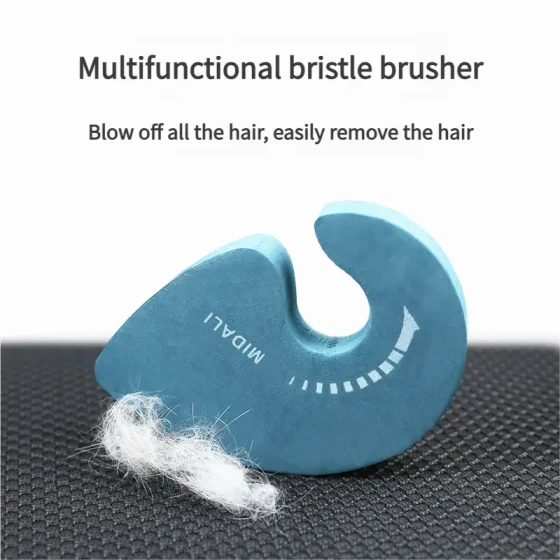What are the causes of forming dog tartar?
Dogs do not have the habit of brushing their teeth every day like humans. If the habit of brushing teeth is not developed from puppyhood, it will be very difficult to brush their teeth later. If the oral cavity is not cleaned for a long time, dogs will develop tartar. When tartar begins to form, it is soft and will harden due to gradual calcification. Over time, not only will there be a strong oral odor, but it may also cause tooth decay, thus affecting the dog’s daily life. Today, the editor of PetsZone will talk about the causes of forming dog tartar, come and take a look.

Dog tartar, usually found on the surface of teeth and the neck area near the openings of the salivary glands, is composed of calcium phosphate, organic matter, manganese phosphate, calcareous mineral acid, and trace amounts of potassium, sodium, and iron. It appears yellow, brown, or black. The following are the causes of tartar formation:
1. Due to bacteria causing the saliva's pH to rise and become alkaline, proteins in saliva decompose, releasing calcium salts that precipitate on the tooth surface and form tartar.
2. Phosphatase from degenerating cells hydrolyzes organic phosphorus, producing phosphate, which precipitates on the tooth surface and forms tartar.
3. The formation of tartar is related to dietary habits and is not limited to any specific dog breed, gender, or age. Dogs without proper oral care are all at risk. In addition, abnormal tooth structure, such as retained deciduous teeth, causes plaque buildup in tooth gaps during eating, making dogs prone to tartar as well.
4. A decrease in carbon dioxide concentration in saliva promotes inorganic salt precipitation on the tooth surface.
5. Once periodontal pockets form, it is easier for food debris, plaque, and tartar to accumulate. This new accumulation further damages deeper periodontal membranes. This vicious cycle eventually destroys all periodontal supporting tissues, making tooth extraction inevitable.
6. Tartar acts as a foreign body in a dog’s mouth, continuously irritating periodontal tissues, compressing the gums, affecting blood circulation, causing bacterial infections in periodontal tissues, leading to gingival inflammation and atrophy, and the formation of periodontal pockets.

Through this article, everyone should have understood the causes of dog tartar formation. The editor reminds you that all newly formed tartar is soft. Early plaque and dental plaque can be treated with pet-specific toothpaste and toothbrushes, but over time, it will gradually calcify and harden. Pet owners can use ultrasonic dental scalers' probes to vibrate and remove tartar. If the tartar is mild, the cleaning results after scaling are good. If the periodontal membrane has been severely damaged and the roots are exposed, the treatment effect is very poor.





